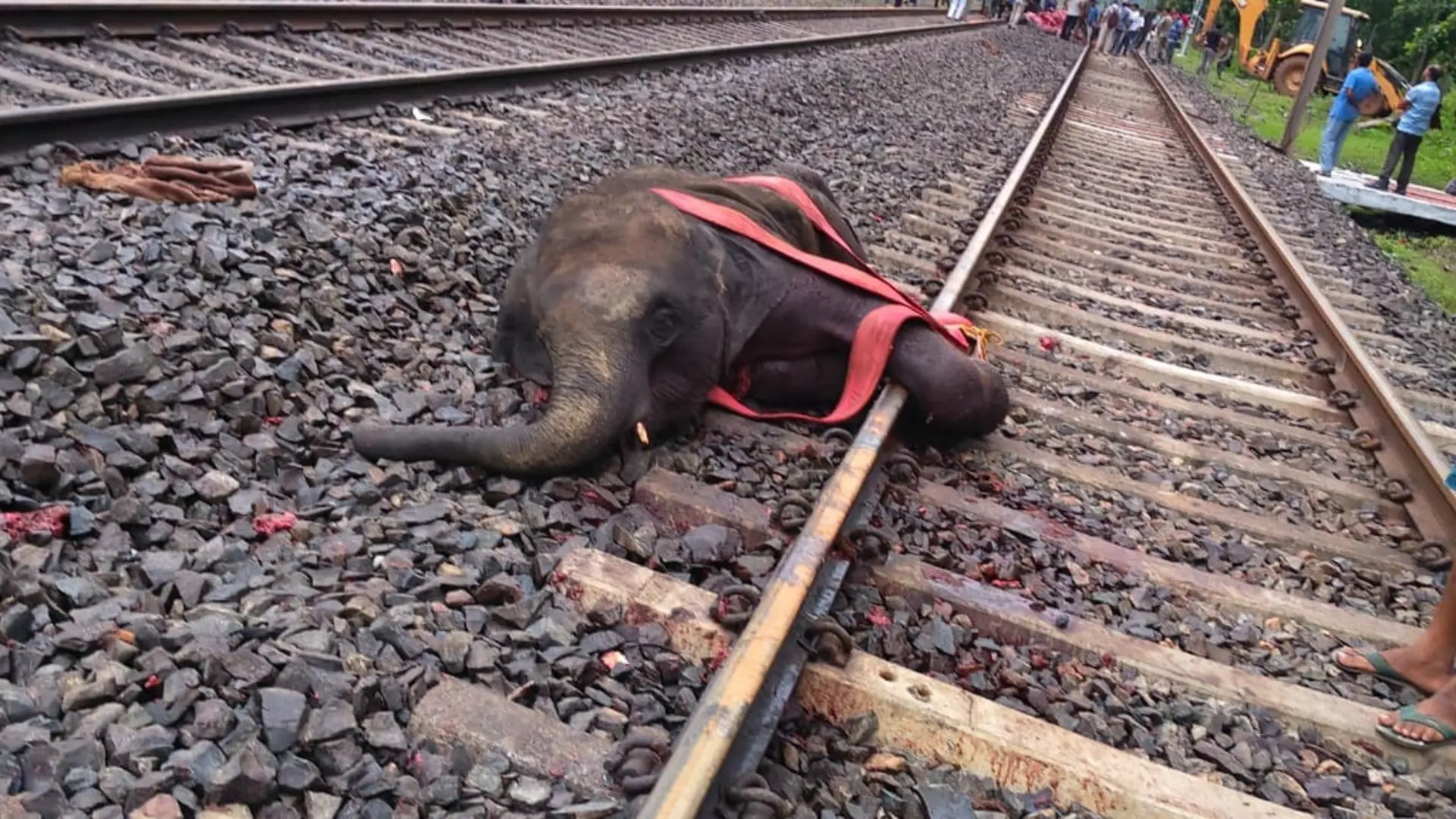Over the past 15 years, 186 elephants have been killed after being struck by trains on India’s railway network. In response, the Centre has identified 77 high-risk railway stretches across 14 states where urgent steps will be taken to protect wildlife.
Survey Maps Wildlife Collision Hotspots
A joint survey by the Union Environment Ministry, Ministry of Railways, and state forest departments covered 127 railway stretches, totaling more than 3,400 kilometers. Based on past incidents and frequent wildlife crossings, 77 stretches were prioritized for immediate action.
To reduce the risk of collisions, the government has proposed building 705 mitigation structures. These include:
- 503 level crossings with ramps
- 72 bridge modifications
- 65 underpasses
- 22 overpasses
- 39 areas with fencing or trenches
- 4 exit ramps for wildlife
These structures are tailored to suit local terrain and wildlife movement patterns.
Assam, Maharashtra, and Uttar Pradesh Top the List
Among the states, Assam—which has India’s second-largest wild elephant population—will get 131 ramped crossings, the most of any state. Maharashtra will have 125, and Uttar Pradesh will build 92.
According to the latest available elephant census (2017), Karnataka has the largest elephant population with 6,049, followed by Assam (5,719), Kerala (5,706), and Tamil Nadu (2,761).
A National Framework for Wildlife Protection
The effort to prevent animal deaths along railway routes isn’t new. But this marks the first coordinated, large-scale plan involving multiple ministries and forest departments.
“This survey was unlike any done before—conducted in dense forests, often on foot or using trolleys. It required collaboration across state lines,” a senior environment official said. The survey considered factors such as track height, drainage systems, and surrounding infrastructure while proposing solutions.
Railway officials also received training in elephant ecology from the Wildlife Institute of India to help raise awareness among train drivers and staff about wildlife-sensitive zones.
Technology Adds a Layer of Safety
In addition to physical infrastructure, the Indian Railways is deploying AI-powered Intrusion Detection Systems (IDS) in sensitive regions. So far, 141 km of track under the Northeast Frontier Railway (NFR) is equipped with IDS, which can detect elephant movements and alert train operators in real-time.
Plans are underway to expand IDS coverage to 926 kilometers across nine railway zones, including:
- East Coast Railway (ECoR)
- South Eastern Railway (SER)
- Southern Railway (SR)
- Northern Railway (NR)
- Western Railway (WR)
- East Central Railway (ECR)
- North Eastern Railway (NER)
- South Western Railway (SWR)
One of the longest IDS stretches will be in Odisha, covering 207.8 km through 20 stations in the Sambalpur division. Overall, the project aims to cover 1,158 km at a cost of ₹208 crore, according to data from the Railway Ministry.
Conclusion
India’s extensive railway system often cuts through vital wildlife corridors, posing a serious risk to elephants and other animals. With 186 elephant deaths recorded since 2009, the government’s new roadmap—combining engineering, ecology, and AI—marks a significant step toward safer co-existence between railways and wildlife.
Image Source: Google
Image Credit: Respective Owner




